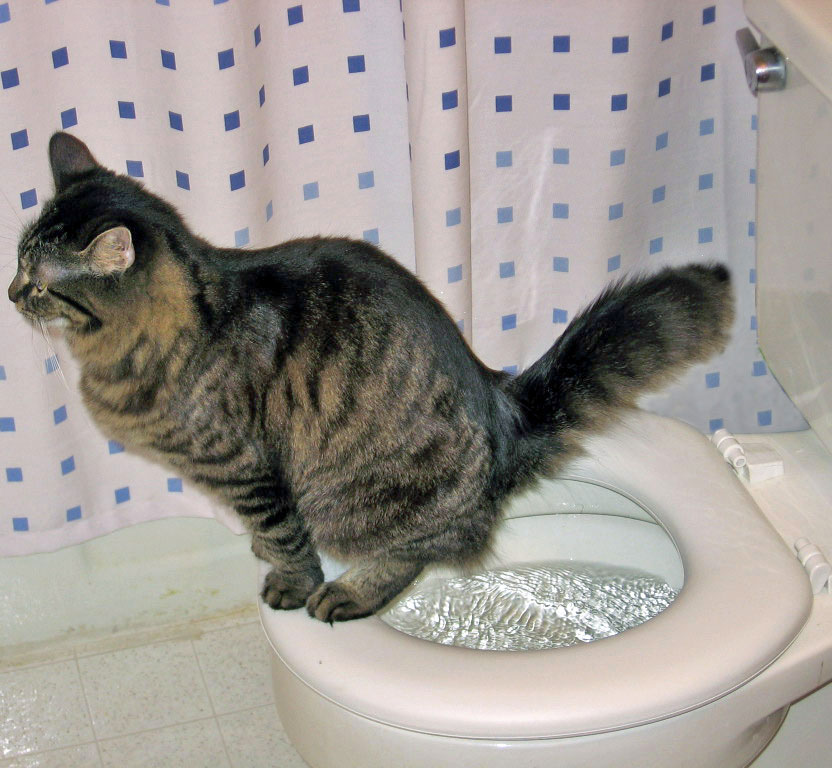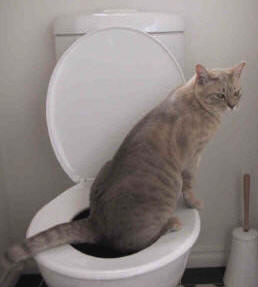Avoid Clogs and Damage: Don't Flush Cat Poop Down Your Toilet - Expert Insights
Avoid Clogs and Damage: Don't Flush Cat Poop Down Your Toilet - Expert Insights
Blog Article
They are making several great pointers about Can You Flush Cat Poop Down The Toilet? as a whole in the article following next.

Intro
As cat proprietors, it's vital to bear in mind exactly how we get rid of our feline buddies' waste. While it might seem hassle-free to flush feline poop down the toilet, this method can have detrimental repercussions for both the setting and human health and wellness.
Alternatives to Flushing
Fortunately, there are much safer and extra responsible methods to take care of cat poop. Think about the adhering to choices:
1. Scoop and Dispose in Trash
The most common technique of taking care of pet cat poop is to scoop it into a biodegradable bag and throw it in the trash. Make sure to utilize a devoted trash scoop and get rid of the waste immediately.
2. Use Biodegradable Litter
Select naturally degradable cat litter made from materials such as corn or wheat. These clutters are eco-friendly and can be securely dealt with in the trash.
3. Hide in the Yard
If you have a yard, think about hiding pet cat waste in a designated area far from vegetable yards and water resources. Make certain to dig deep enough to prevent contamination of groundwater.
4. Install a Pet Waste Disposal System
Buy a family pet garbage disposal system specifically made for cat waste. These systems utilize enzymes to break down the waste, lowering odor and environmental effect.
Health Risks
In addition to ecological worries, purging pet cat waste can additionally present health dangers to human beings. Pet cat feces might have Toxoplasma gondii, a parasite that can cause toxoplasmosis-- a possibly serious illness, especially for pregnant females and individuals with weakened body immune systems.
Environmental Impact
Purging cat poop presents damaging microorganisms and bloodsuckers right into the water, posing a considerable danger to water ecological communities. These impurities can adversely affect aquatic life and concession water quality.
Conclusion
Responsible animal ownership extends past giving food and sanctuary-- it also involves proper waste management. By avoiding purging feline poop down the commode and selecting different disposal approaches, we can lessen our environmental footprint and protect human health and wellness.
Why Can’t I Flush Cat Poop?
It Spreads a Parasite
Cats are frequently infected with a parasite called toxoplasma gondii. The parasite causes an infection called toxoplasmosis. It is usually harmless to cats. The parasite only uses cat poop as a host for its eggs. Otherwise, the cat’s immune system usually keeps the infection at low enough levels to maintain its own health. But it does not stop the develop of eggs. These eggs are tiny and surprisingly tough. They may survive for a year before they begin to grow. But that’s the problem.
Our wastewater system is not designed to deal with toxoplasmosis eggs. Instead, most eggs will flush from your toilet into sewers and wastewater management plants. After the sewage is treated for many other harmful things in it, it is typically released into local rivers, lakes, or oceans. Here, the toxoplasmosis eggs can find new hosts, including starfish, crabs, otters, and many other wildlife. For many, this is a significant risk to their health. Toxoplasmosis can also end up infecting water sources that are important for agriculture, which means our deer, pigs, and sheep can get infected too.
Is There Risk to Humans?
There can be a risk to human life from flushing cat poop down the toilet. If you do so, the parasites from your cat’s poop can end up in shellfish, game animals, or livestock. If this meat is then served raw or undercooked, the people who eat it can get sick.
In fact, according to the CDC, 40 million people in the United States are infected with toxoplasma gondii. They get it from exposure to infected seafood, or from some kind of cat poop contamination, like drinking from a stream that is contaminated or touching anything that has come into contact with cat poop. That includes just cleaning a cat litter box.
Most people who get infected with these parasites will not develop any symptoms. However, for pregnant women or for those with compromised immune systems, the parasite can cause severe health problems.
How to Handle Cat Poop
The best way to handle cat poop is actually to clean the box more often. The eggs that the parasite sheds will not become active until one to five days after the cat poops. That means that if you clean daily, you’re much less likely to come into direct contact with infectious eggs.
That said, always dispose of cat poop in the garbage and not down the toilet. Wash your hands before and after you clean the litter box, and bring the bag of poop right outside to your garbage bins.
https://trenchlesssolutionsusa.com/why-cant-i-flush-cat-poop/

I ran across that review on How to Dispose of Cat Poop and Litter Without Plastic Bags while doing a lookup on the search engines. Are you aware of another person who is interested by the topic? Feel free to share it. Thanks a lot for going through it.
Book My Estimate Report this page